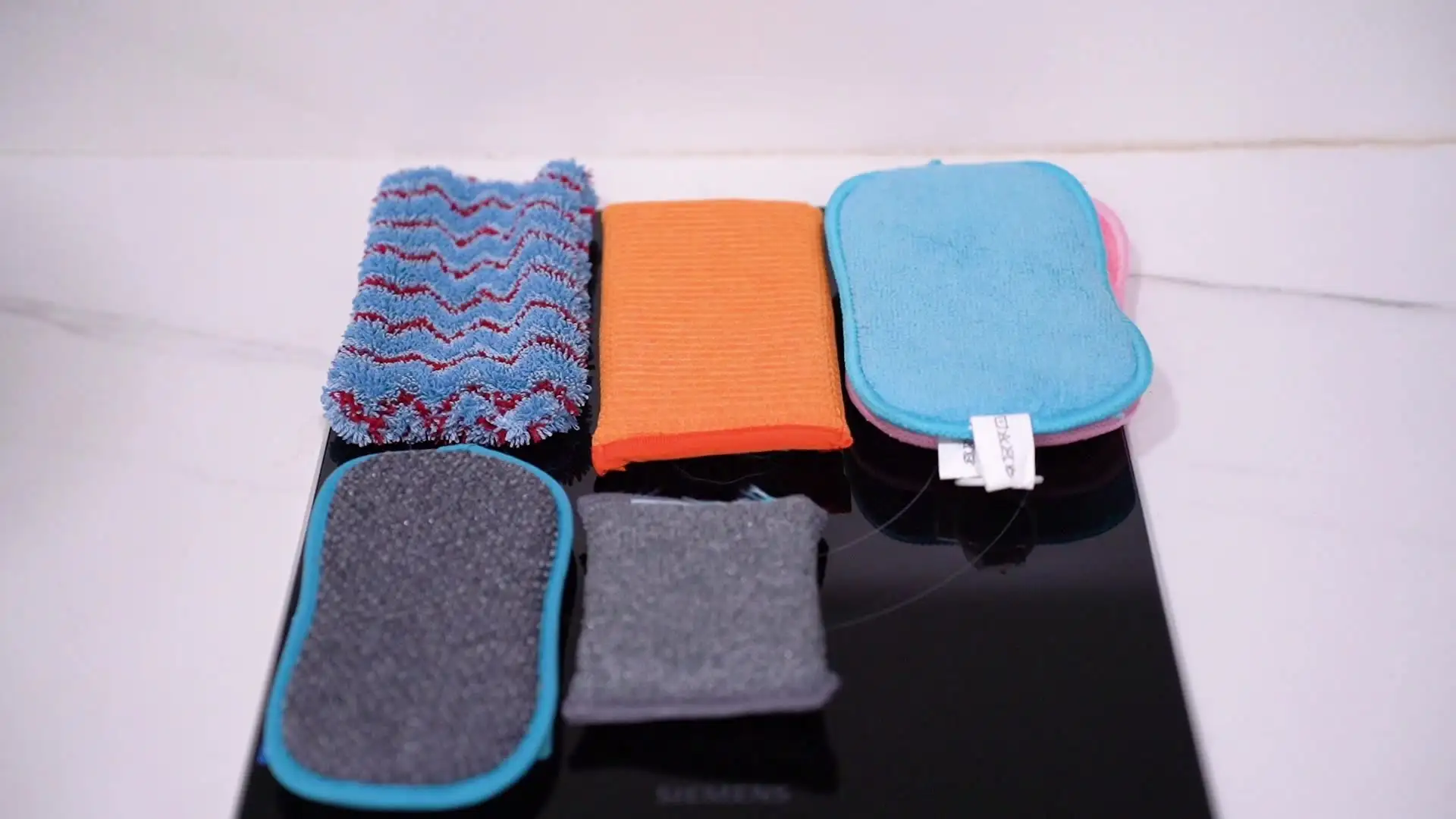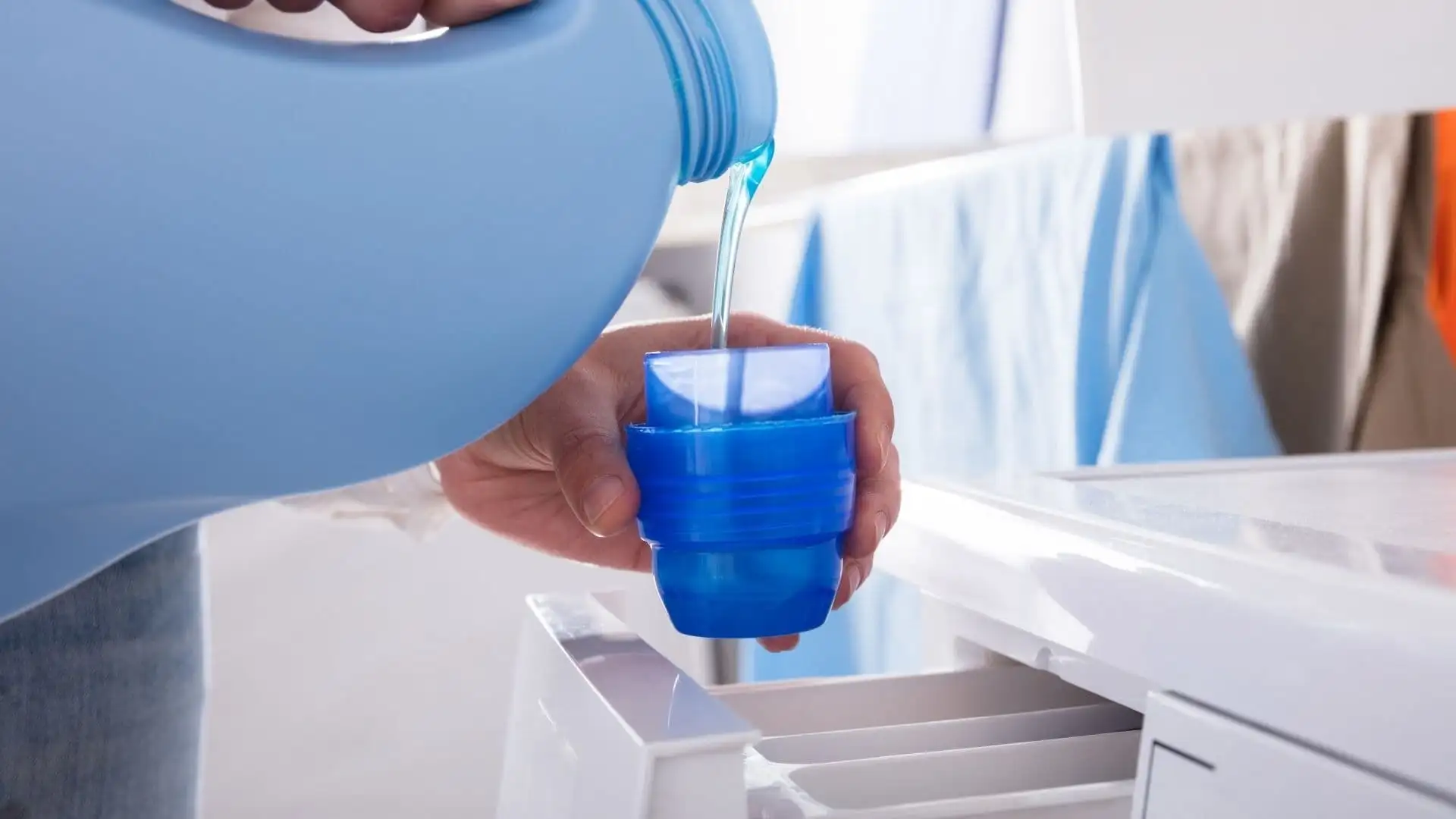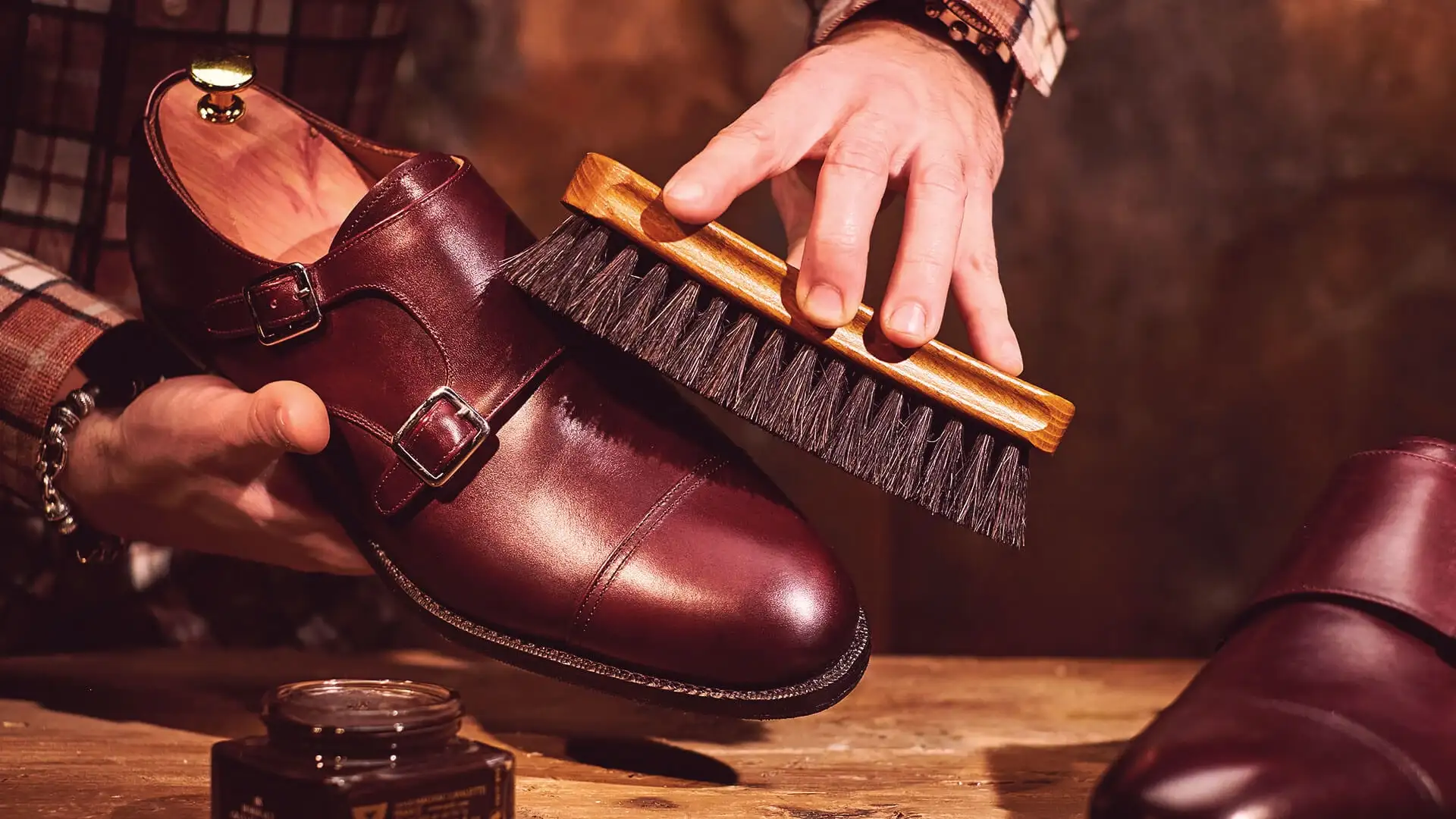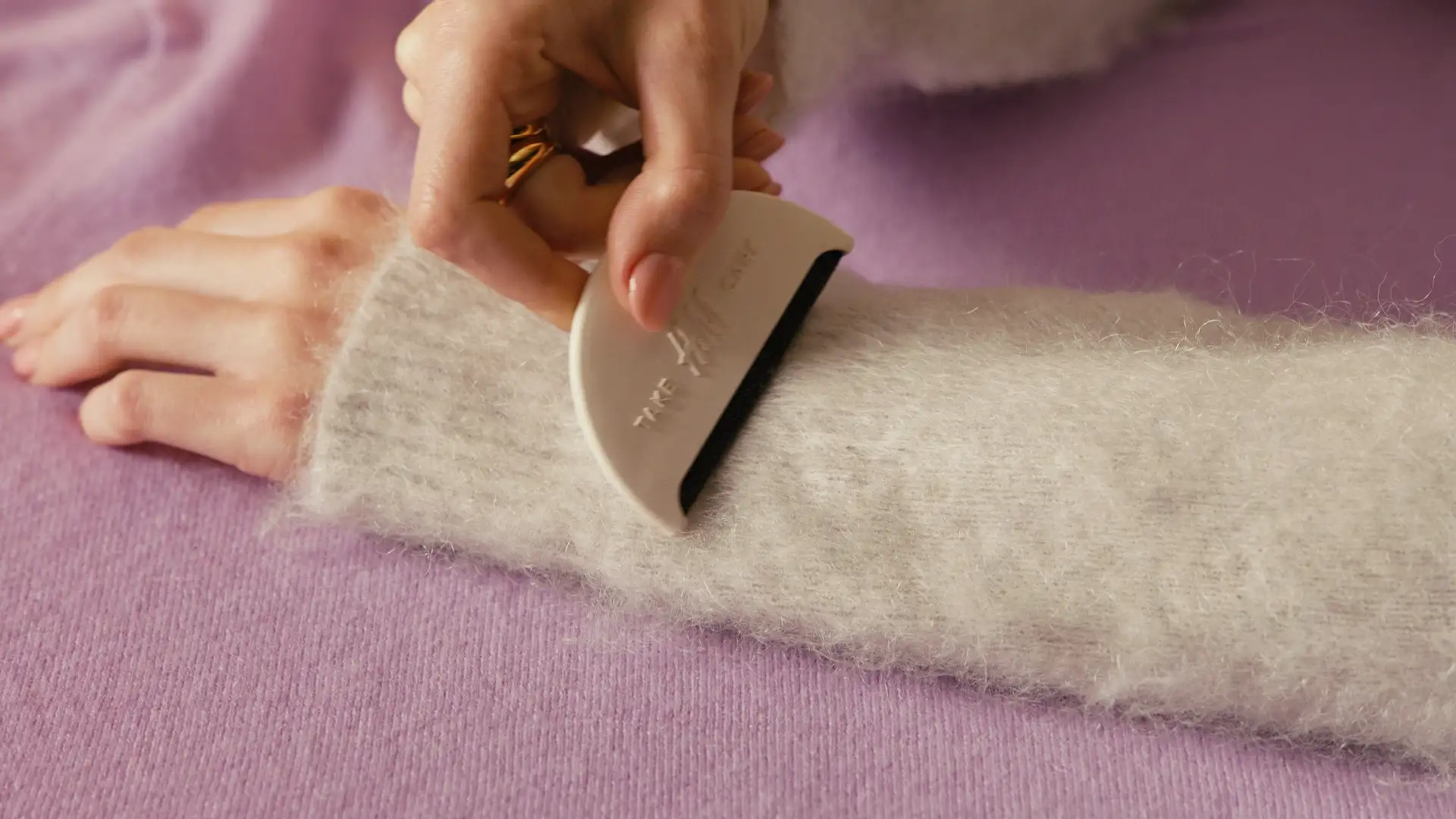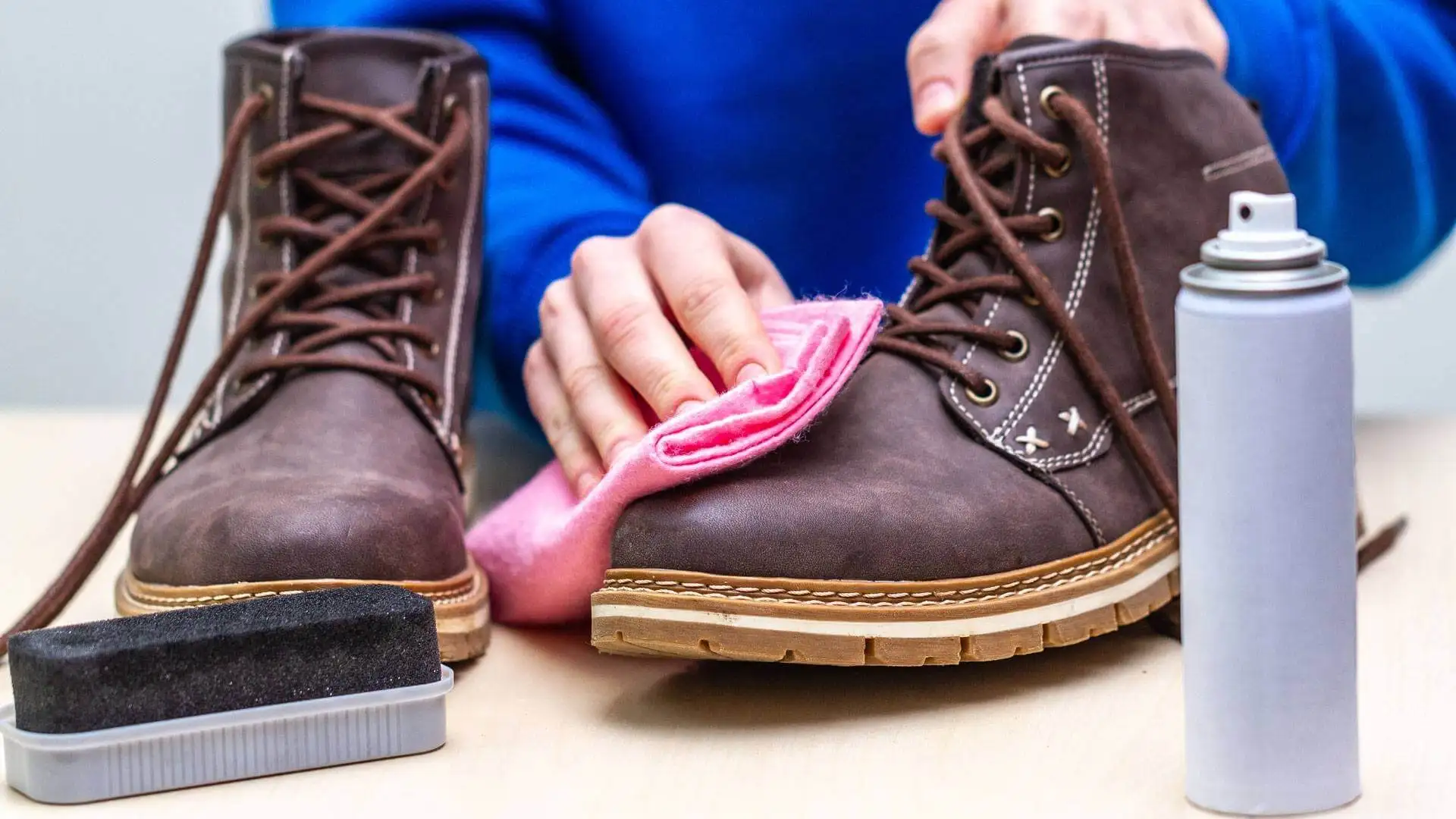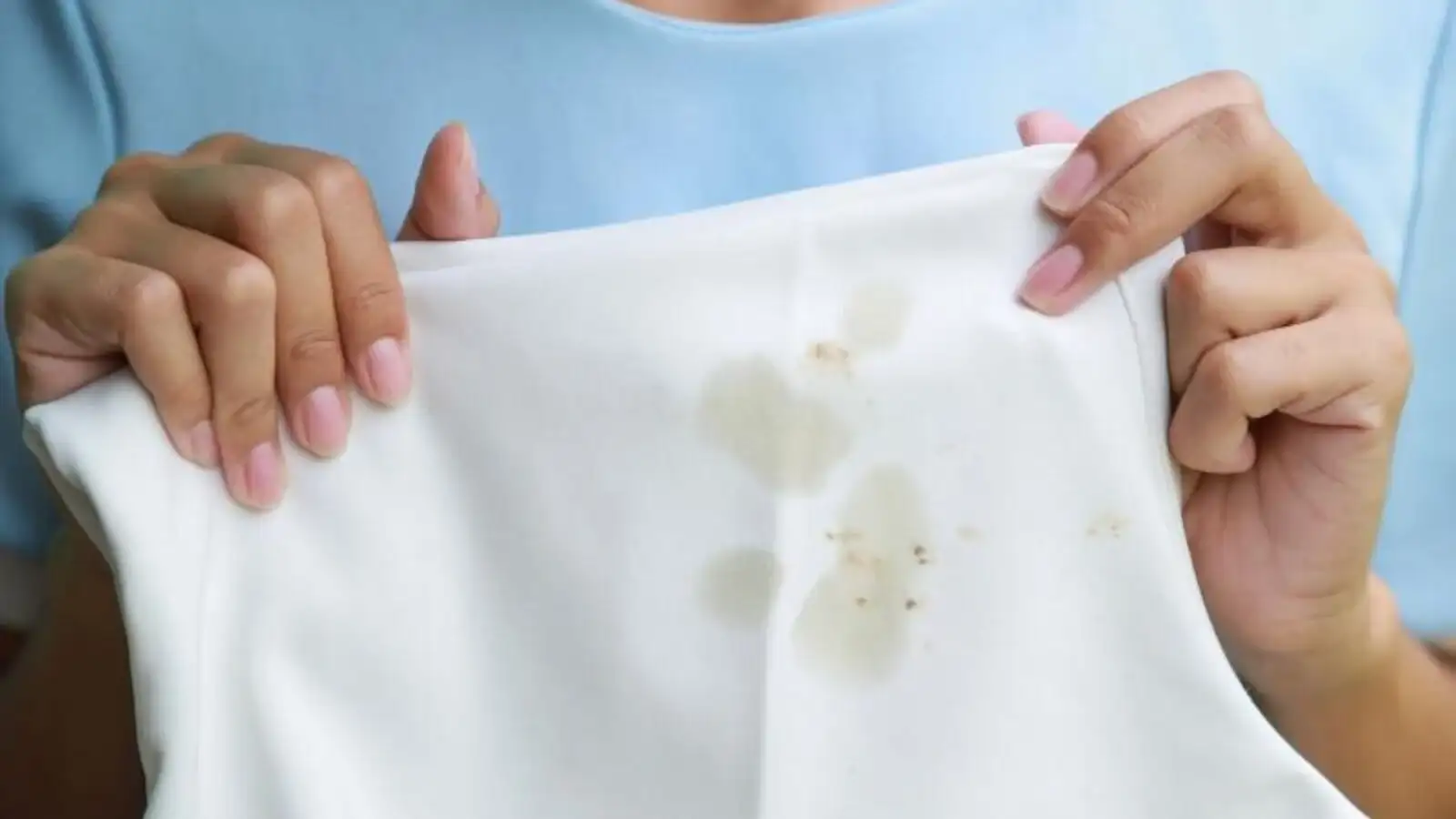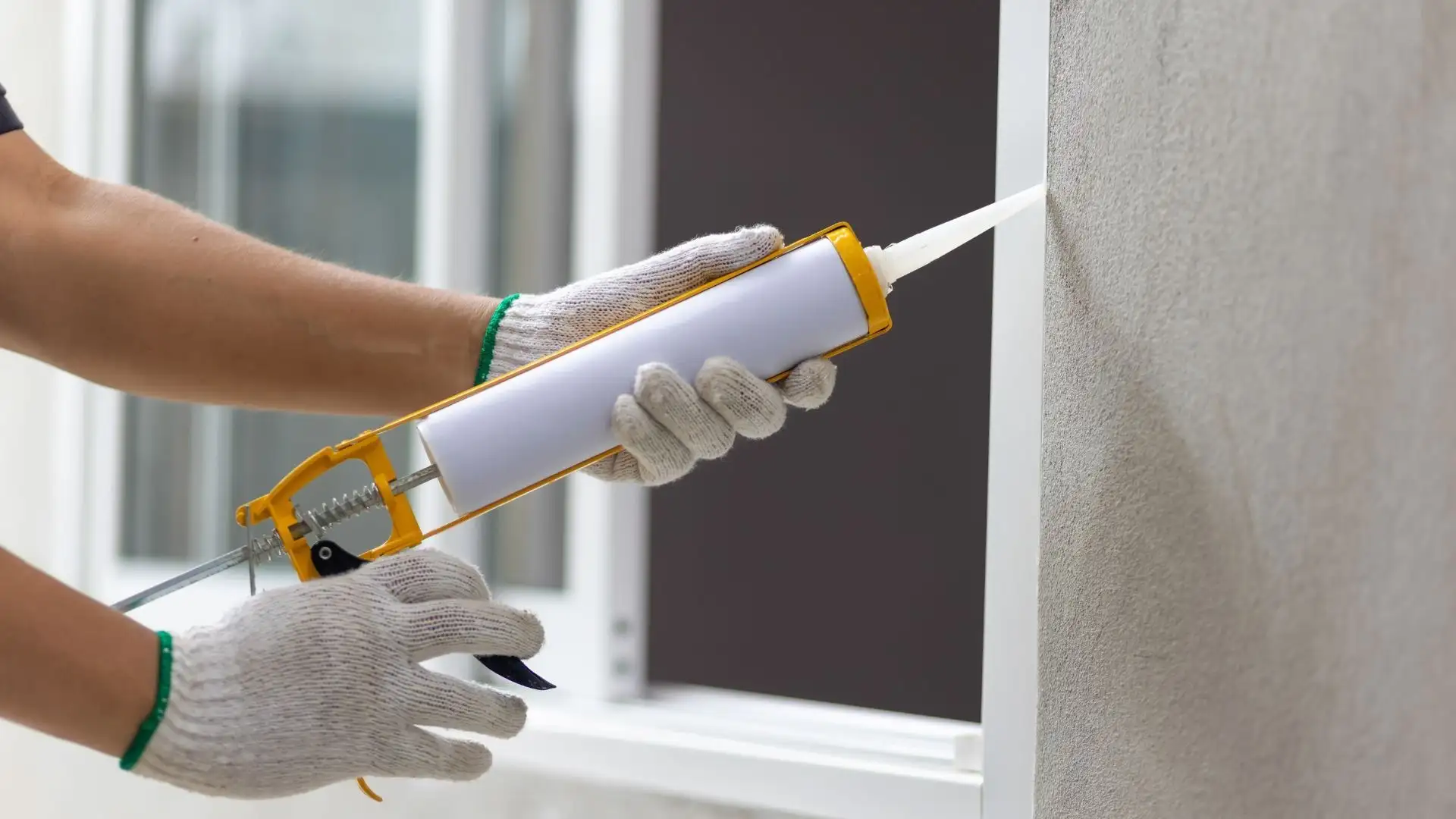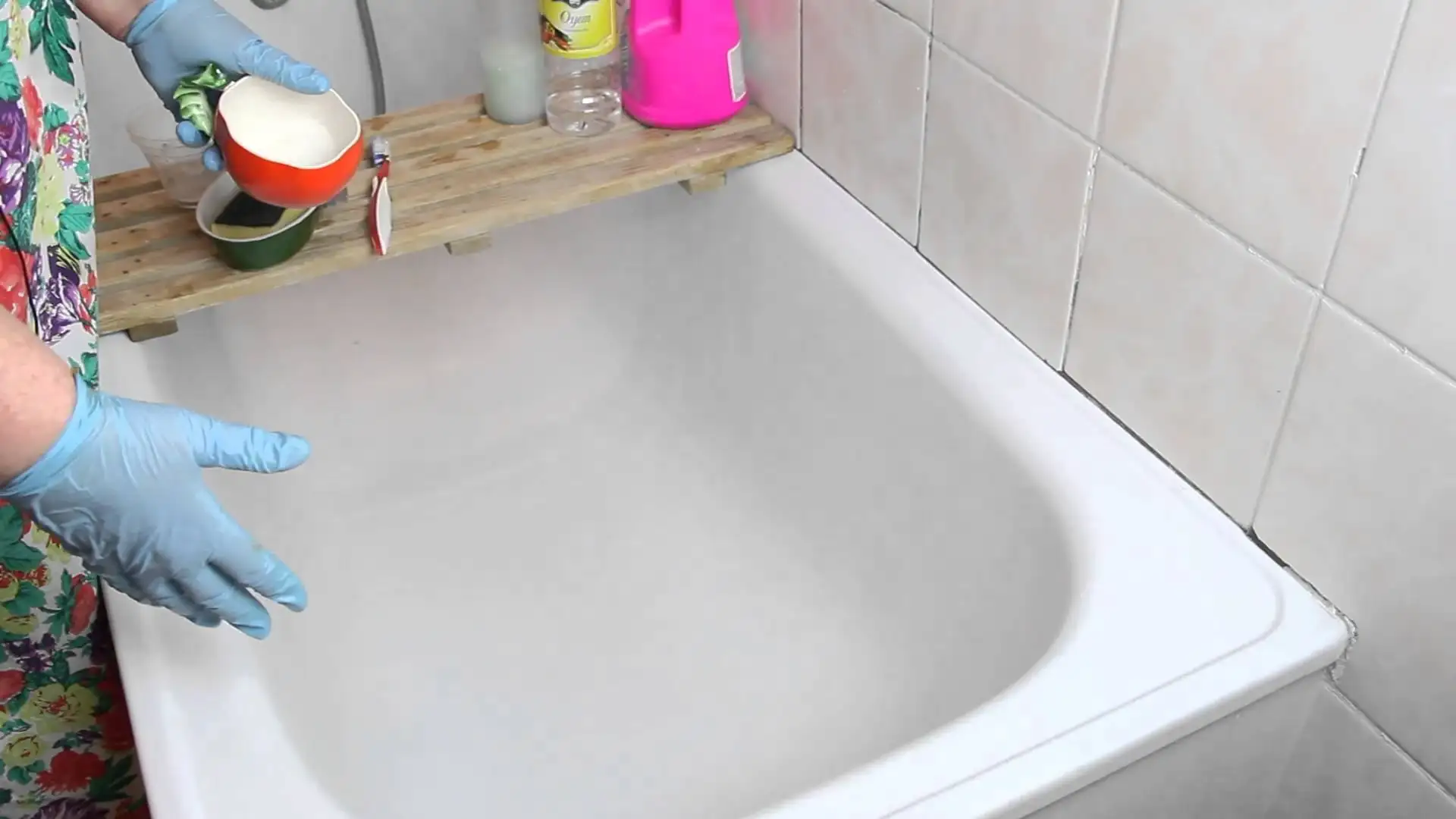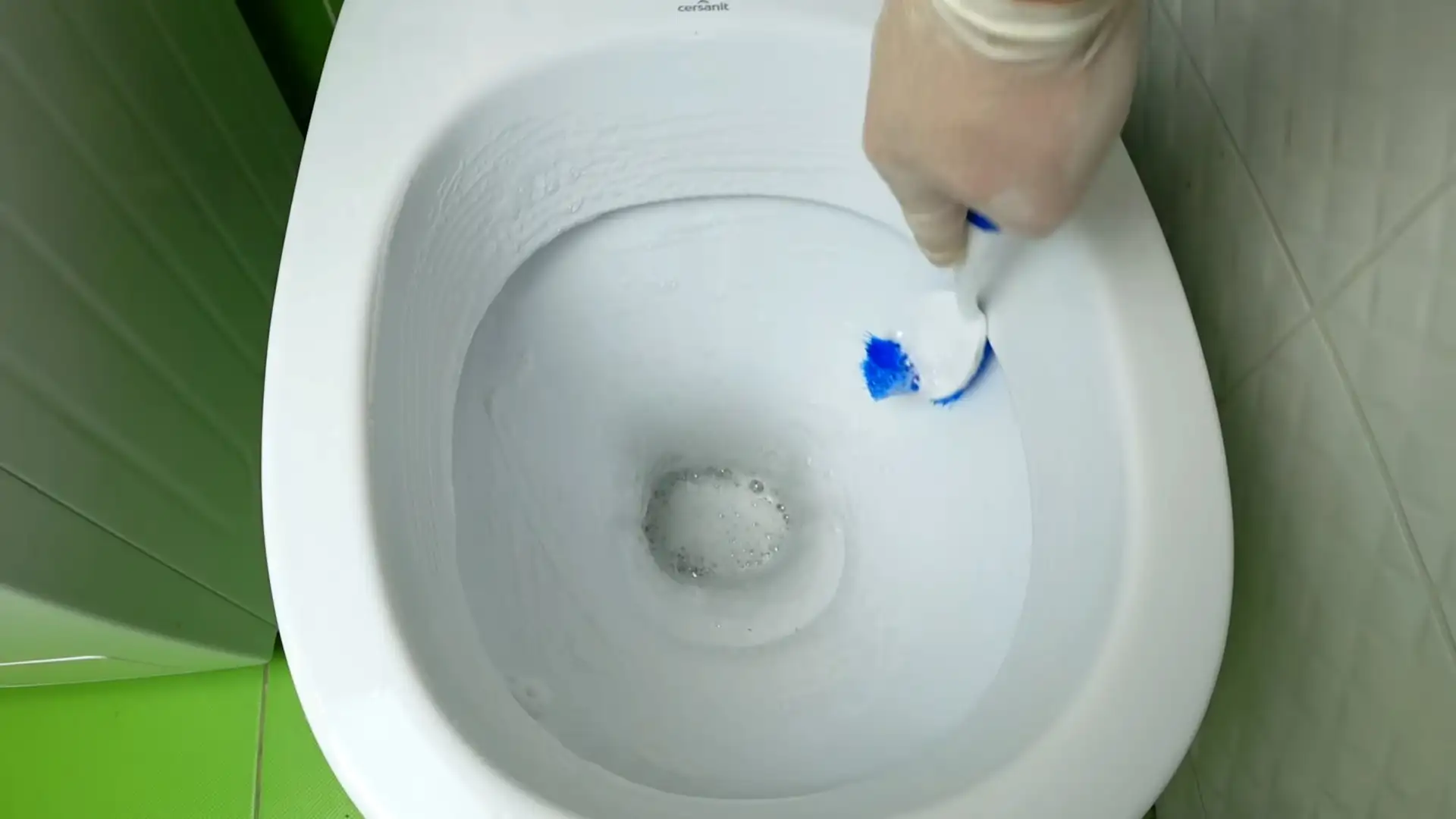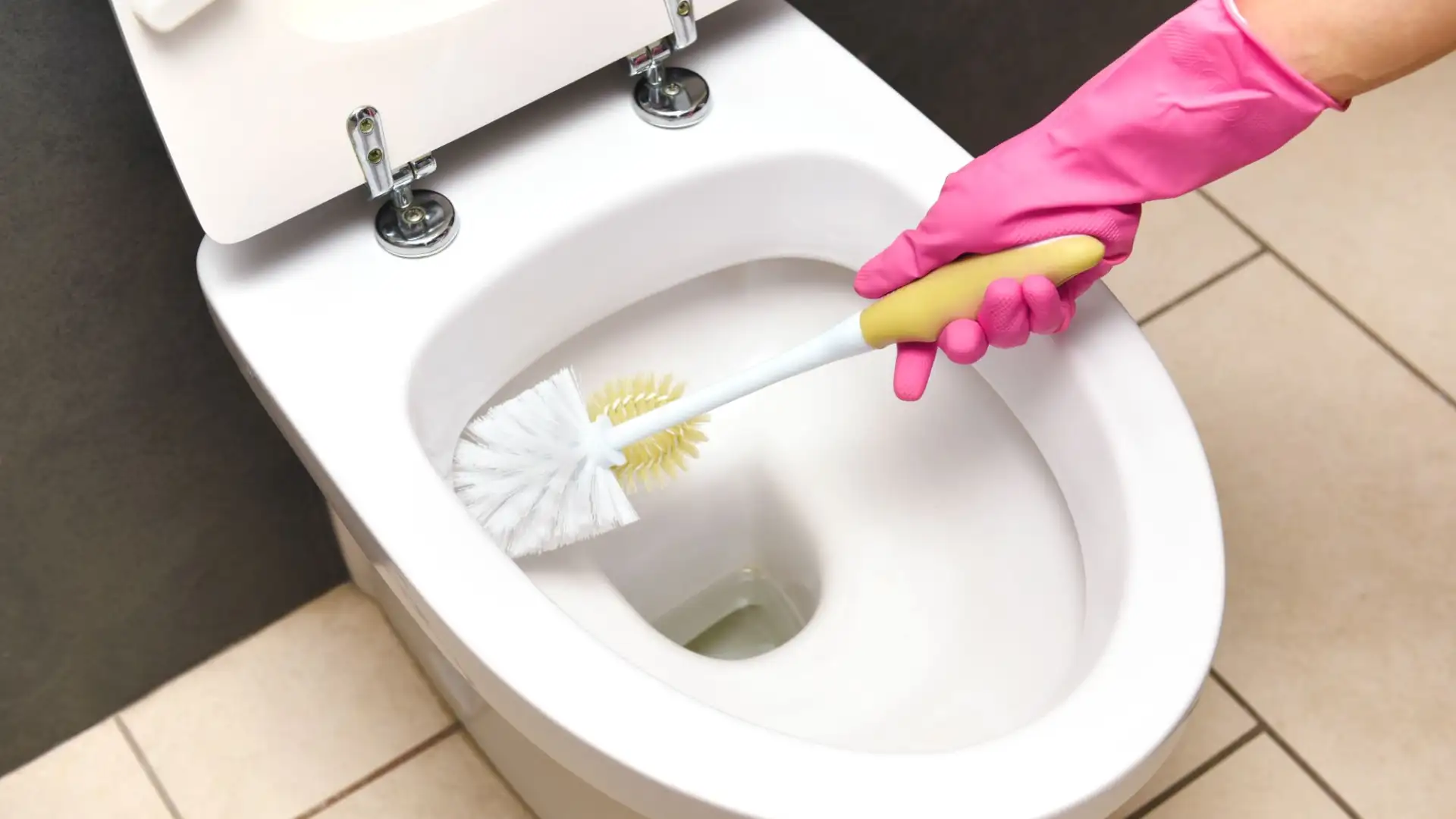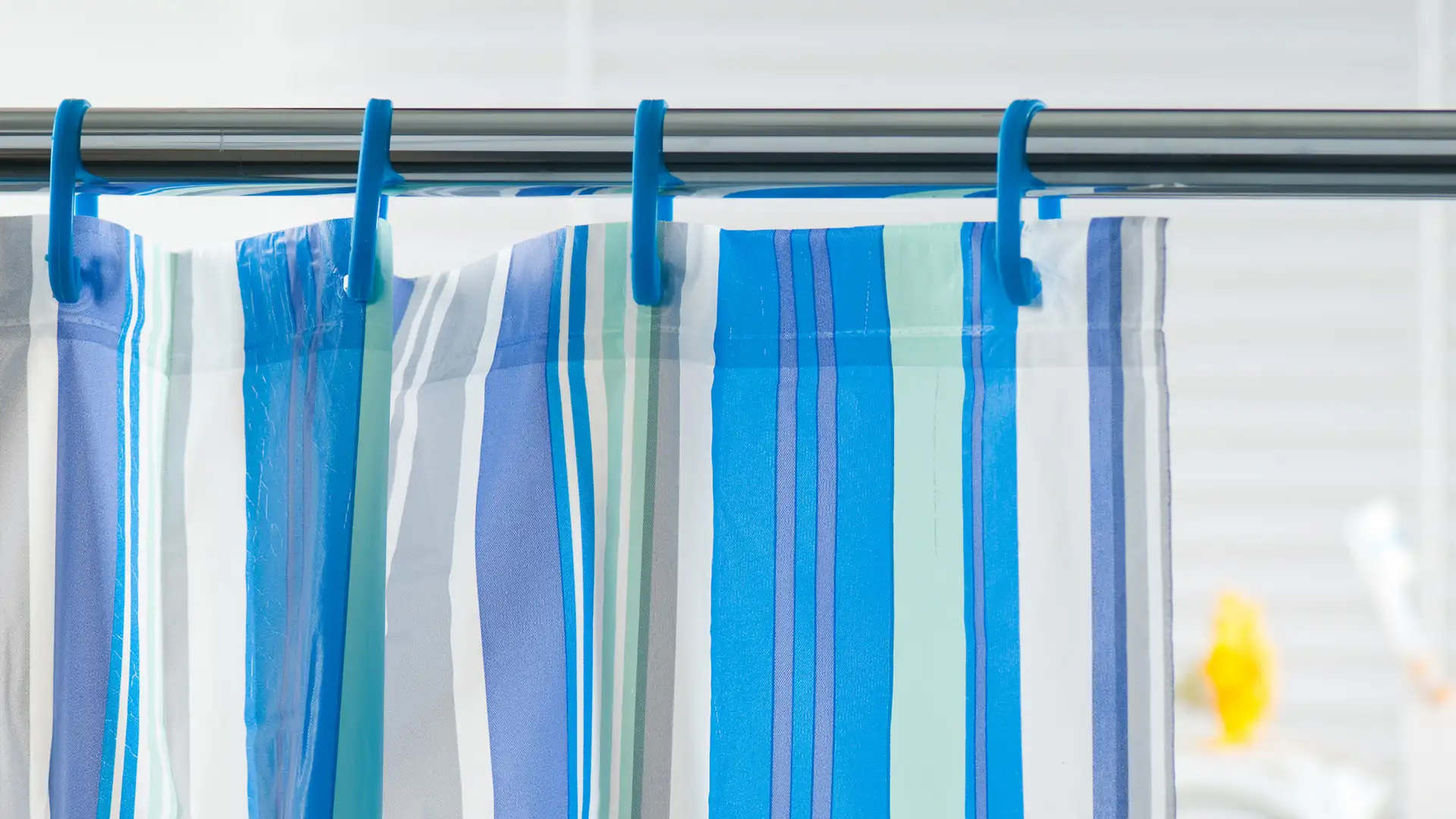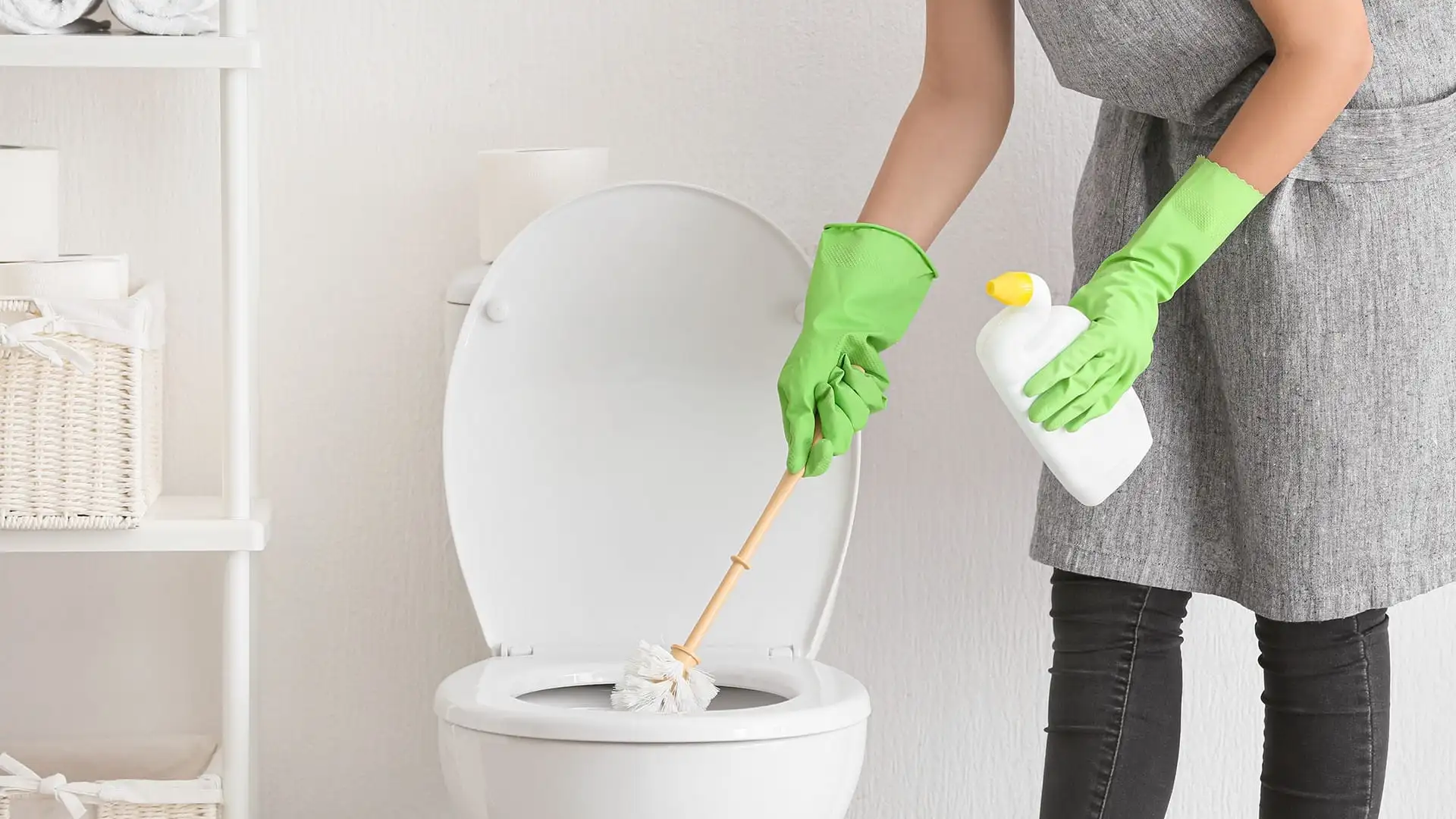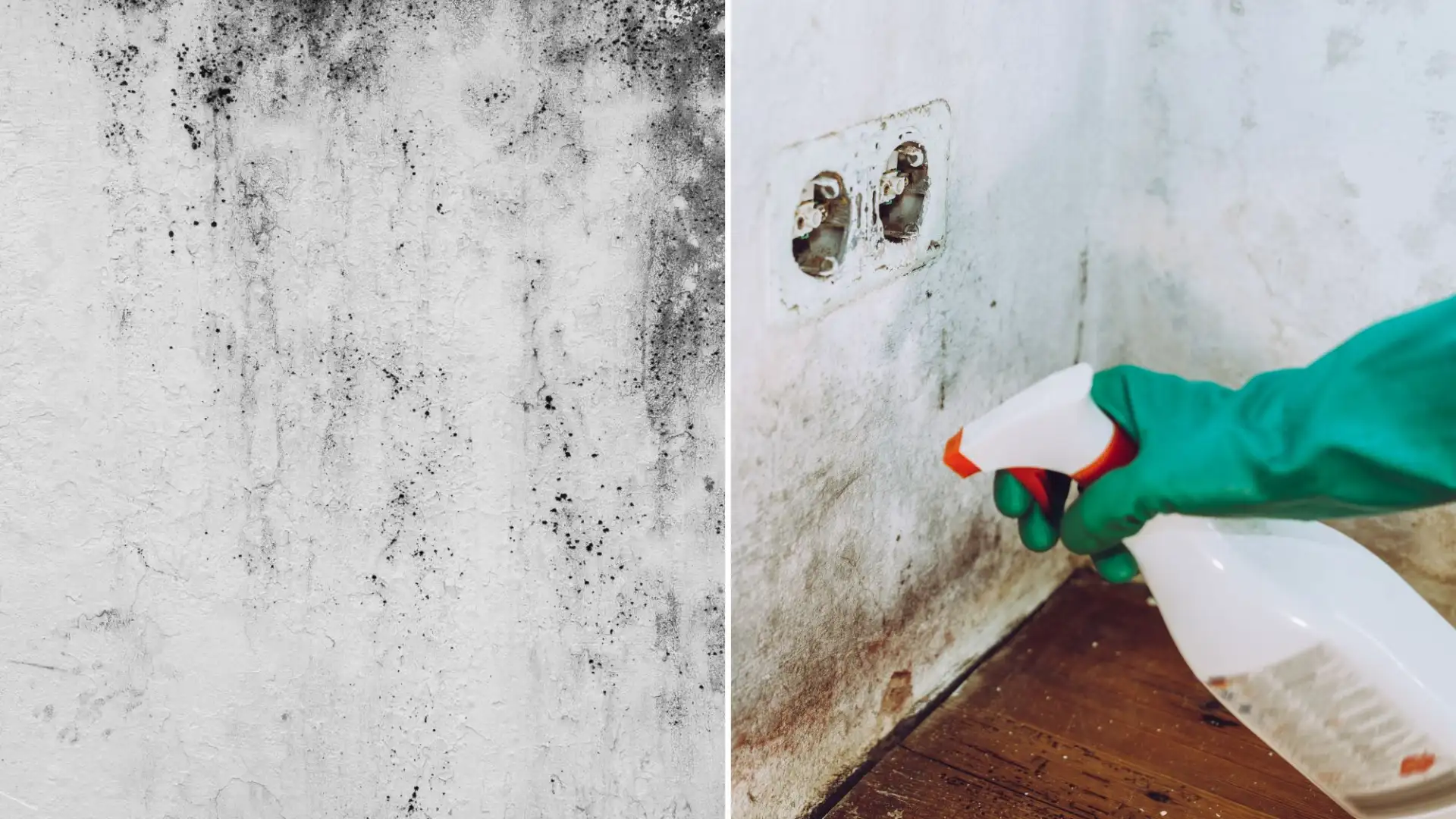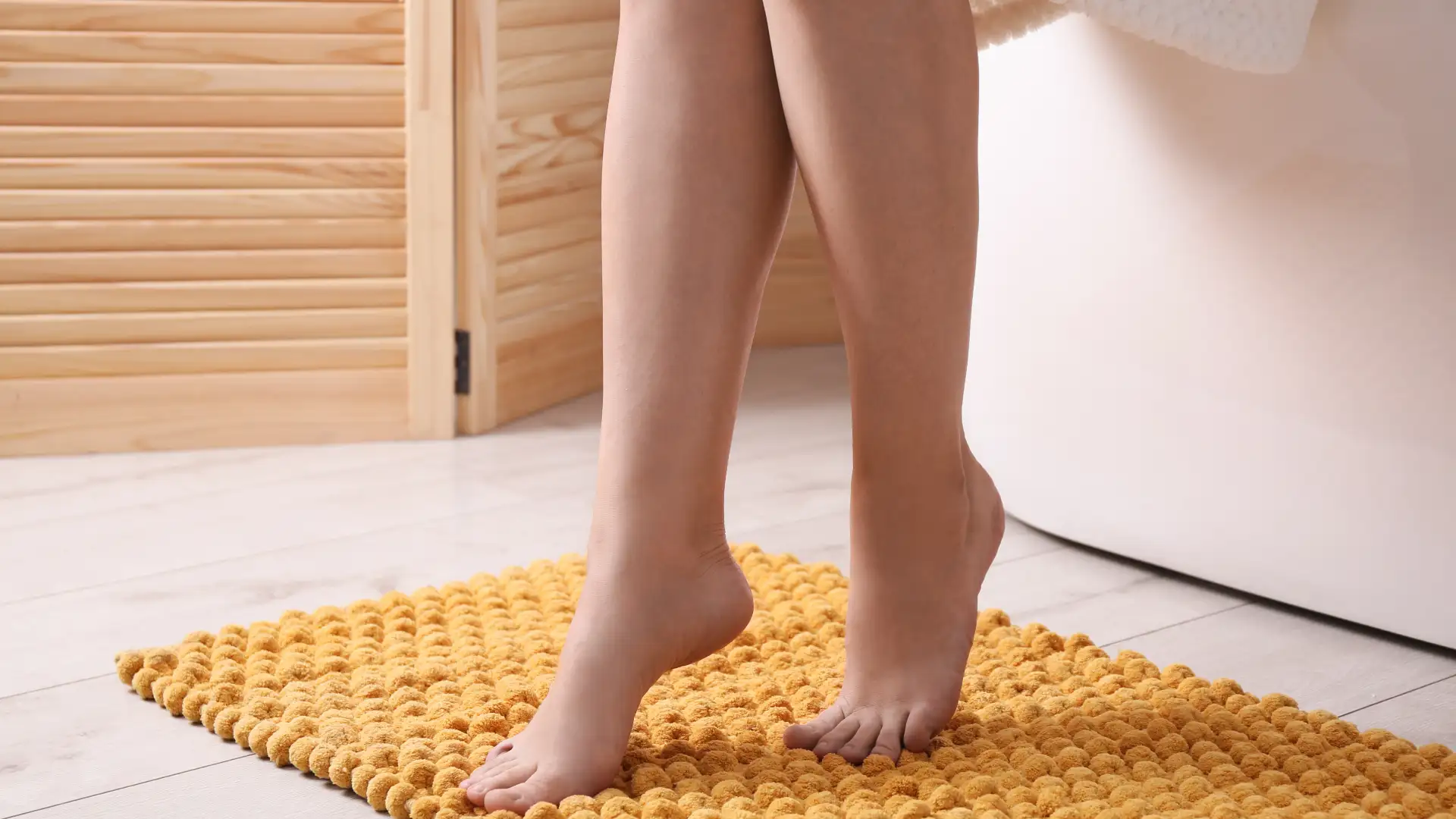Cleaning your toilet bowl brush, sponges, and microfiber cloths might not be the most glamorous task, but it's an essential part of maintaining a clean and hygienic bathroom. These items come into contact with a lot of germs and bacteria, so it's important to clean them regularly to prevent the spread of illness.
How To Clean A Toilet Brush & Sponges
Maintaining a clean and hygienic bathroom is essential for a healthy living environment. While we often focus on cleaning the visible surfaces like toilets and sinks, the tools we use for cleaning can also harbor bacteria if not properly maintained. In this article, we will delve into the best practices for cleaning toilet brushes and sponges, ensuring that your cleaning arsenal remains as sanitary as possible.
Why Clean Your Cleaning Tools?
Toilet brushes and sponges come into contact with a variety of germs and bacteria, making them a potential breeding ground for pathogens. If not cleaned regularly, these tools can actually spread germs around your bathroom, defeating the purpose of cleaning in the first place. Cleaning your cleaning tools is essential for maintaining a truly hygienic bathroom.
Cleaning Your Toilet Brush
- Step 1: Rinse Thoroughly: After each use, rinse your toilet brush under hot water to remove as much debris as possible.
- Step 2: Soak in a Disinfectant Solution: Fill a bucket or container with a solution of hot water and a strong disinfectant, such as bleach. Submerge the entire brush head in the solution for at least 30 minutes.
- Step 3: Scrub the Handle: Don't forget to clean the handle of the brush. Use a separate cloth or sponge to scrub away any dirt or grime.
- Step 4: Rinse and Air Dry: After soaking, rinse the brush thoroughly under hot water. Allow it to air dry completely before storing it.
Cleaning Sponges
- Step 1: Rinse and Squeeze: After each use, rinse your sponge thoroughly under hot water and squeeze out as much excess water as possible.
- Step 2: Microwave or Dishwasher: For a deeper clean, you can microwave your sponge on high for one minute or run it through the dishwasher on a hot cycle.
- Step 3: Replace Regularly: Even with regular cleaning, sponges can harbor bacteria. Replace your sponges every few weeks or sooner if they start to show signs of wear and tear.
Natural Cleaning Alternatives
If you prefer to use natural cleaning products, there are several options for cleaning your toilet brush and sponges. For example, you can create a cleaning solution using white vinegar and water, or you can use a natural disinfectant like tea tree oil.
Storage Tips
- Allow to Dry Completely: Always ensure that your cleaning tools are completely dry before storing them to prevent the growth of mold and bacteria.
- Store in a Clean, Dry Place: Store your toilet brush and sponges in a clean, dry area, away from other cleaning supplies.
By following these simple steps, you can effectively clean and sanitize your toilet brush and sponges, ensuring that your bathroom remains a clean and hygienic space. Remember, regular cleaning and maintenance of your cleaning tools are essential for optimal hygiene.
How to Clean A Microfibre Cloth
Microfiber cloths are invaluable tools for cleaning various surfaces due to their exceptional ability to trap dirt, dust, and grime. However, to maintain their effectiveness, it's essential to clean them properly. This guide provides a comprehensive overview of the best practices for cleaning microfiber cloths, ensuring they remain hygienic and efficient for your cleaning tasks.
Understanding Microfiber
Microfiber cloths are composed of extremely fine synthetic fibers, typically polyester or polyamide. These tiny fibers create a dense surface that attracts and holds onto particles. To preserve the integrity of these fibers and the cloth's cleaning power, it's crucial to avoid certain cleaning agents and methods.
Why Proper Cleaning is Essential
- Preserving Cleaning Power: Regular cleaning removes trapped dirt and bacteria, ensuring the cloth continues to effectively clean surfaces.
- Preventing Cross-Contamination: A dirty cloth can spread germs and contaminants to other areas, negating the benefits of cleaning.
- Extending Lifespan: Proper care can significantly extend the lifespan of your microfiber cloths.
Cleaning Methods
1. Hand Washing:
- Pre-treatment: Remove any large debris from the cloth before washing.
- Soak: Soak the cloth in warm water with a mild detergent or a natural cleaning agent like white vinegar.
- Agitate: Gently agitate the cloth in the soapy water to loosen dirt and grime.
- Rinse: Rinse thoroughly with warm water until all soap is removed.
- Air Dry: Hang the cloth to air dry, avoiding direct sunlight which can damage the fibers.
2. Machine Washing:
- Separate Loads: Wash microfiber cloths separately from other fabrics to prevent lint transfer.
- Gentle Cycle: Use a gentle cycle and cold water to avoid damaging the fibers.
- Avoid Fabric Softener: Fabric softener can coat the fibers and reduce the cloth's absorbency.
- Air Dry: As with hand washing, air drying is the best method for preserving the cloth's quality.
Cleaning Solutions
- Mild Detergent: A gentle, phosphate-free detergent is ideal for cleaning microfiber cloths.
- White Vinegar: White vinegar is a natural disinfectant and can help remove stubborn stains.
- Baking Soda: Baking soda can help to deodorize and brighten the cloth.
Additional Tips
- Avoid Bleach: Bleach can damage the fibers of microfiber cloths.
- Don't Use Fabric Softener: Fabric softener can reduce the cloth's absorbency and effectiveness.
- High Heat: Avoid using high heat when drying microfiber cloths, as this can damage the fibers.
- Regular Cleaning: Clean your microfiber cloths after each use or at least once a week to maintain their effectiveness.
Machine washing a microfibre cloth
Microfiber cloths have revolutionized cleaning routines due to their exceptional ability to trap dirt and grime. Comprised of extremely fine synthetic fibers, these cloths are incredibly effective at removing even the most stubborn stains. However, to maintain their effectiveness and longevity, it's crucial to understand the proper care and maintenance procedures, particularly when it comes to machine washing.
Why Machine Washing is Often Preferred
While hand washing is an option, machine washing offers several advantages. It ensures a more thorough cleaning, eliminating the risk of missing any embedded dirt particles. Additionally, machine washing can be a time-saver, especially when dealing with multiple cloths. However, it's essential to follow specific guidelines to prevent damage to the microfiber fibers.
Choosing the Right Detergent and Water Temperature
One of the most critical aspects of machine washing microfiber cloths is selecting the appropriate detergent and water temperature. Harsh detergents, such as those containing bleach or fabric softeners, can damage the delicate fibers of the cloth. Opt for a mild, fragrance-free detergent designed for delicate fabrics. As for water temperature, warm water is generally sufficient for most cleaning tasks, but always refer to the care label on your specific microfiber cloth for the recommended temperature.
Load Size and Cycle Selection
The size of your washing machine load can significantly impact the cleaning effectiveness and the lifespan of your microfiber cloths. Avoid overloading the machine, as this can lead to inadequate cleaning and increased wear and tear on the fibers. Choose a gentle or delicate cycle, as these settings will minimize agitation and reduce the risk of fraying or damage.
Drying Microfiber Cloths
Proper drying is just as important as the washing process. Avoid using high heat settings in a dryer, as excessive heat can weaken the fibers. Instead, opt for air drying or low-heat tumble drying. If you choose to tumble dry, remove the cloths from the dryer while they are still slightly damp to prevent wrinkles and ensure maximum softness.
Additional Tips for Maintaining Microfiber Cloths
- Avoid fabric softeners: Fabric softeners can coat the microfiber fibers, reducing their absorbency and effectiveness.
- Don't bleach: Bleach can damage the fibers and discolor the cloth.
- Separate colors: To prevent color transfer, wash colored microfiber cloths separately from white or light-colored items.
- Inspect for damage: Before each wash, check the cloths for any signs of wear or damage, such as holes or loose threads.
- Store properly: When not in use, store microfiber cloths in a clean, dry place to prevent the growth of bacteria.
How to Clean a Microfibre Cloth by Hand
Microfiber cloths are incredibly versatile cleaning tools, capable of trapping dirt and grime with remarkable efficiency. However, to ensure optimal performance, it's essential to clean them regularly. This guide will walk you through the step-by-step process of hand washing your microfiber cloths.
Why Hand Wash?
While machine washing is an option, hand washing is often preferred for several reasons. It allows for more gentle treatment of the delicate fibers, reducing the risk of damage. Additionally, hand washing gives you greater control over the cleaning process, ensuring that all dirt and debris are removed.
What You'll Need:
- A sink filled with lukewarm water
- Mild detergent or dish soap
- Soft-bristled brush (optional)
Step-by-Step Guide:
- Pre-Treatment: Before placing the cloth in the water, remove any visible dirt or debris by gently shaking it or using a soft-bristled brush. This will help prevent the dirt from spreading and damaging the fibers.
- Soak: Fill your sink with lukewarm water and add a small amount of mild detergent or dish soap. Submerge the microfiber cloth completely and allow it to soak for at least 15 minutes. This will help loosen any stubborn dirt or stains.
- Agitate: Gently agitate the cloth in the soapy water using your hands or a soft-bristled brush. Pay particular attention to any areas that are heavily soiled. Avoid excessive scrubbing, as this can damage the fibers.
- Rinse: Thoroughly rinse the cloth under running lukewarm water until all the soap is removed. Be sure to squeeze out any excess water as you rinse.
- Dry: Reshape the cloth and lay it flat on a clean, dry towel. Avoid hanging the cloth to dry, as this can cause the fibers to stretch and distort. Allow the cloth to air dry completely.
Tips for Maintaining Your Microfiber Cloths:
- Avoid Fabric Softener: Fabric softener can coat the fibers of the microfiber cloth, reducing its absorbency and effectiveness.
- No Bleach: Bleach can damage the delicate fibers of the microfiber cloth. Stick to mild detergents or dish soap.
- Separate Colors: To prevent color transfer, wash colored microfiber cloths separately from white ones.
- Regular Cleaning: Clean your microfiber cloths regularly to prevent the buildup of bacteria and odors.
Additional Tips:
- Stain Removal: For stubborn stains, you can pre-treat the stain with a small amount of white vinegar before washing.
- Deep Cleaning: If your microfiber cloths are extremely soiled, you can add a small amount of baking soda to the soapy water to help lift stubborn dirt and grime.
By following these simple steps, you can keep your microfiber cloths clean, fresh, and ready to tackle any cleaning task.
